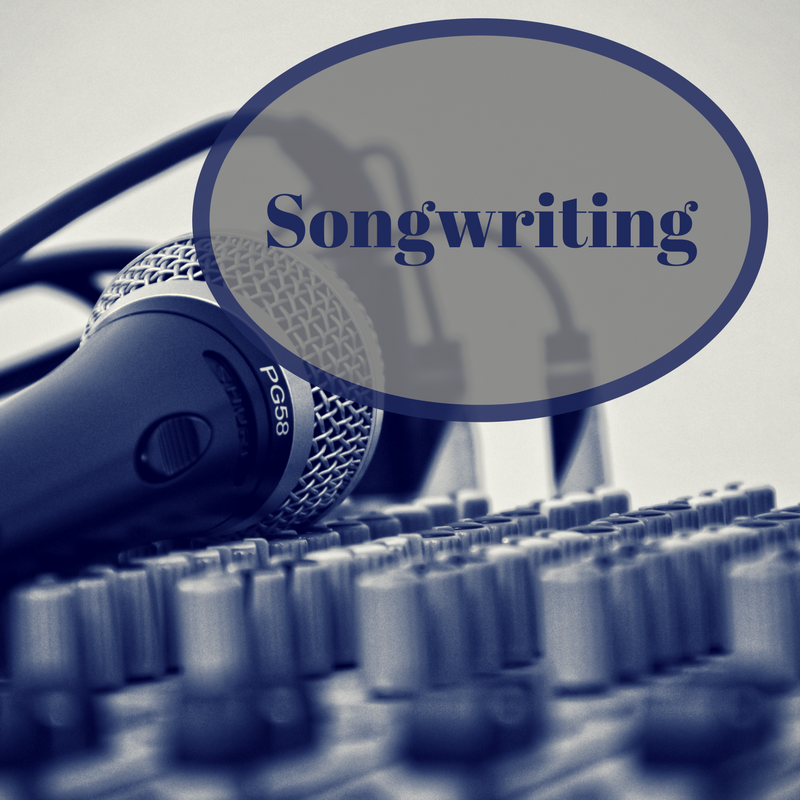
Recording Your Own Songs
So, you’ve written a great song using prosody, and you even wrote the music for it or had a…
February 28, 2019
So, you’ve written a great song using prosody, and you even wrote the music for it or had a…
February 28, 2019
From prosody to melodic prose, I have shared a lot about the craft of songwriting over the year. Today…
January 28, 2019
When we think of songwriting, we often think of the lyrics—that is, the actual words spewing from our lips.…
December 28, 2018
I hate to admit it, but writer’s block is just as prevalent in songwriting as it is in fiction…
November 28, 2018
I have to be honest: I have worked with bands for years and years, and while nothing feels more…
October 28, 2018
If you take a songwriting class, the first thing you will learn is to read the top 40 charts…
August 28, 2018
Last month, we discussed writing a song from a premise, and how our premise will dictate what we want…
July 28, 2018
If you have been following my articles on songwriting, perhaps you’re ready to write your first song. There are…
June 3, 2018
If you read my previous article, I hopefully convinced you to try songwriting. There are a few basics to…
March 1, 2018
When we think of creative writing, we often think of novels, short stories, poetry, or even screenplays. But perhaps…
December 27, 2017